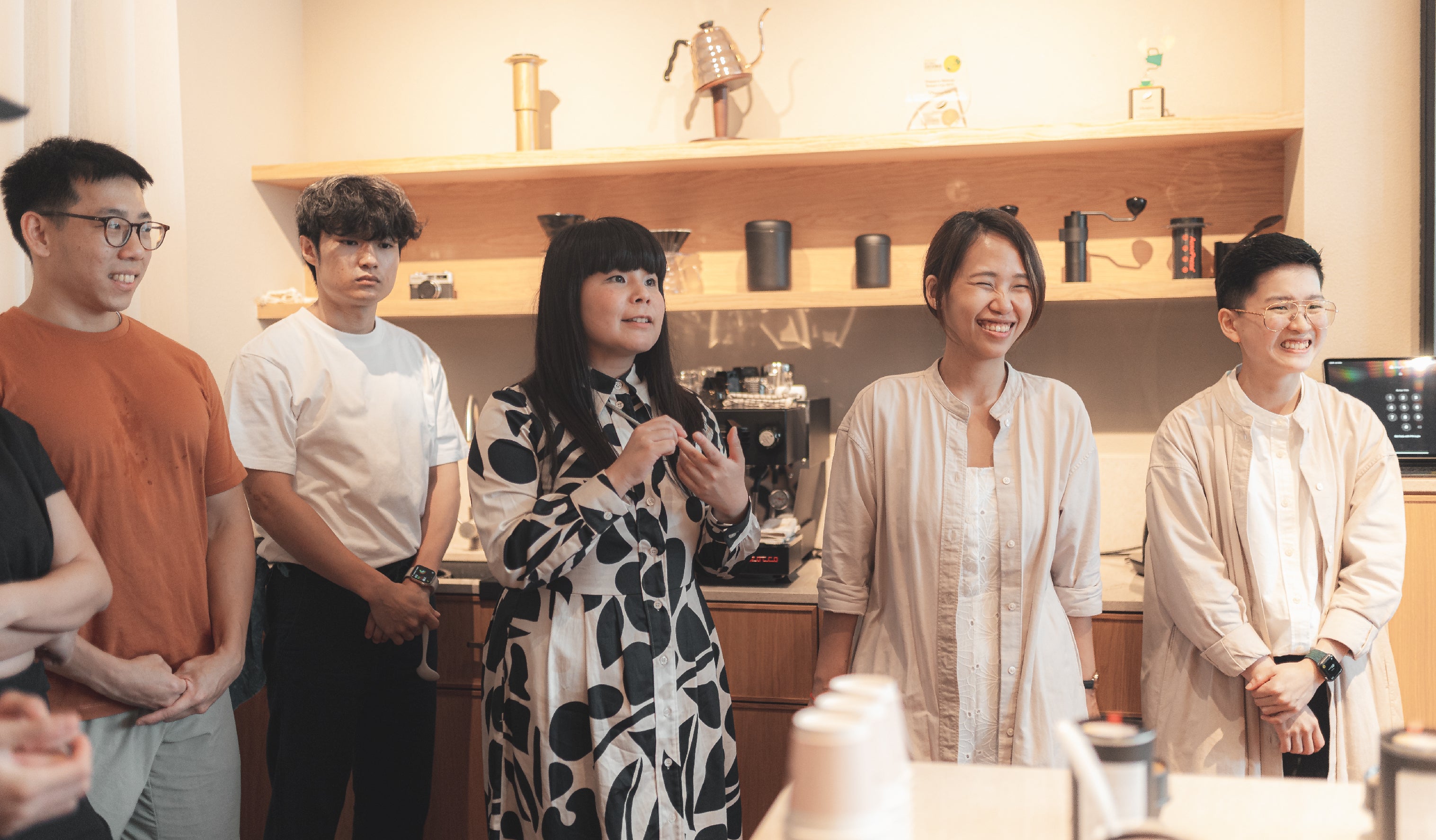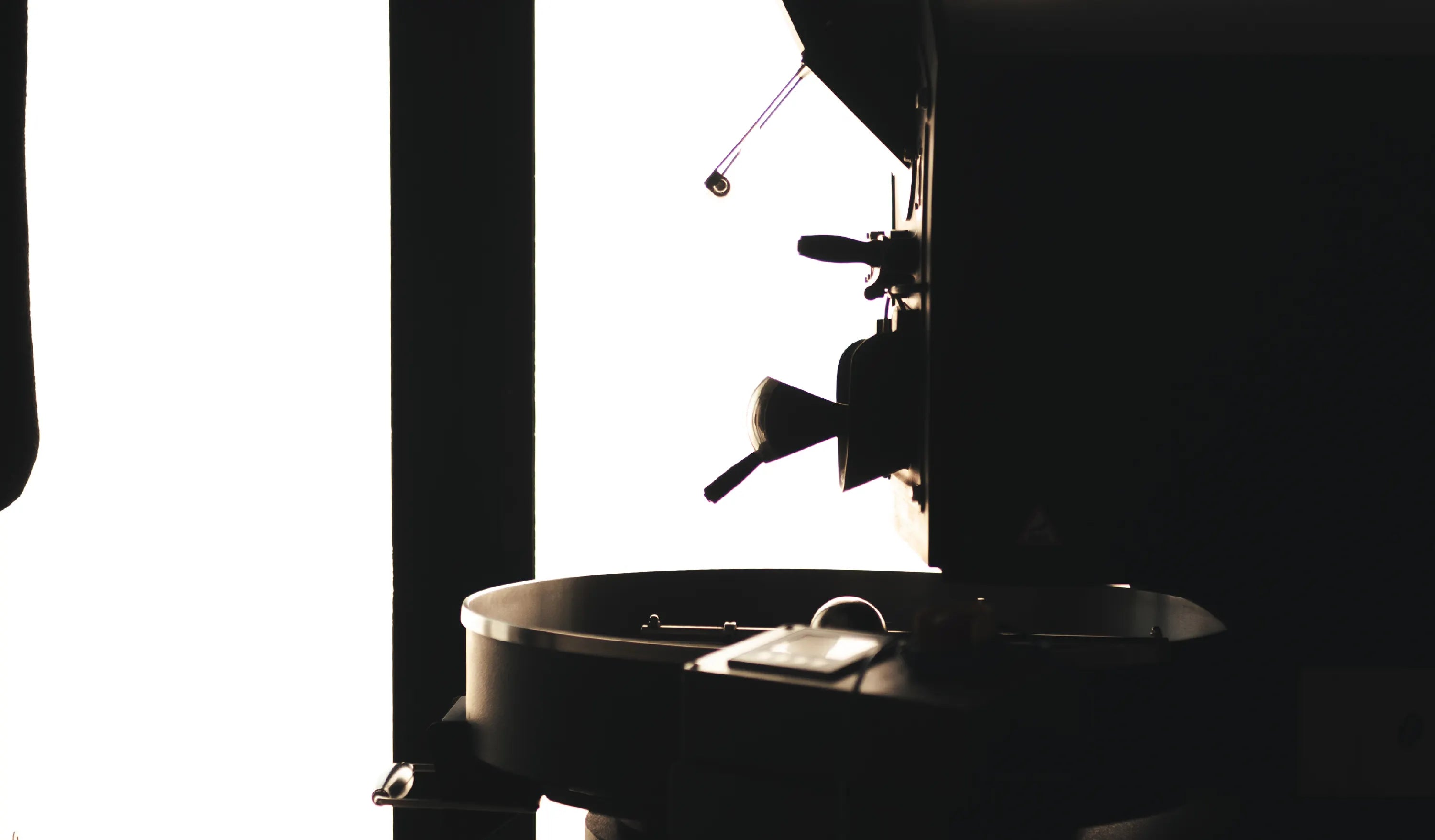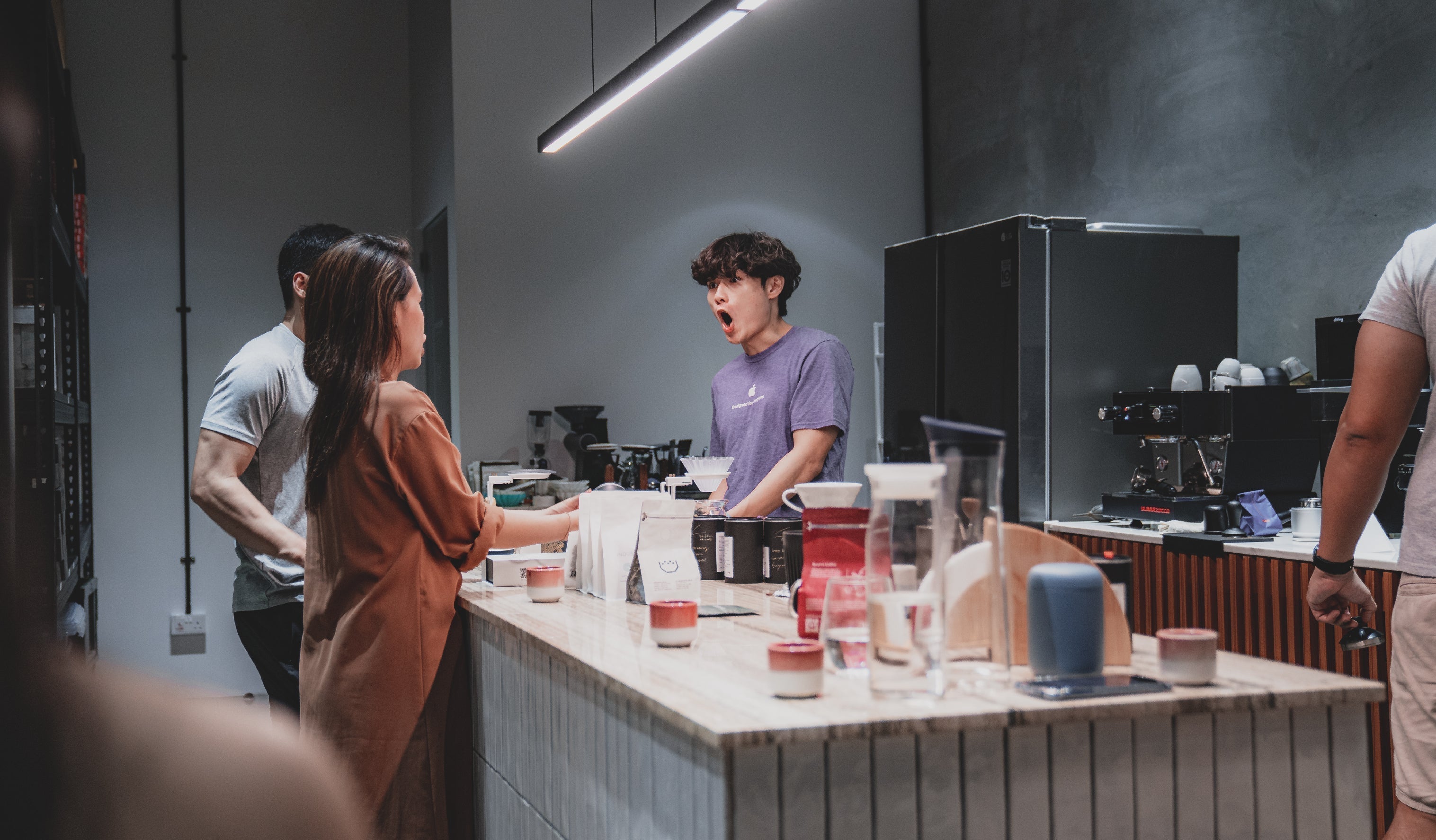We’ve all faced the same situation before: On a weekend cafe hop around our favourite few specialty coffee roasters, the coffees offered on the menu that week seem to repeat itself. Sometimes, the coffee offerings might have been changed out – only for you to find the same repeated in the other coffee shops a week or two later again!
So, why is it that we always get the same few coffees everywhere, all at the same time?
There are a few reasons for this, beginning with an understanding of the attributes of coffee greens, and ending with the supply chain of how these green coffees are traded and imported into the country.

Coffee Greens
We have once talked at length about the seasonality of coffee. When coffees are in season, they produce a quantity large enough to meet the market demands of coffee for the season – however, once the harvesting season ends, coffee production grinds to a halt. Over time, this experience of ebb and flow of production in each region across the seasons creates a relatively consistent volume of supply across the entire year. This also means that when coffees are made available to the market, they are usually of the same origin, and of relatively larger quantities.
Many specialty coffee shops end up buying these similar coffees at the same time – at the time of writing, we are right smack in the middle of the season for Ethiopia, with various Ethiopian origin beans everywhere on the shelves!
Additionally, while green coffee does not go bad, there is an ideal shelf life for these beans. When kept in storage for an extended period of time, the roasted coffee from these greens take on an “old” taste, often characterised by hints of jute, cardboard, or even medicinal notes!
At Homeground Coffee Roasters, we store our coffees in a cold environment to preserve its quality, and plan such that greens are kept for not more than a year in our greens room, actively cupping our coffees to ensure that they do not show signs of taking on these undesired flavours.

Supply Chains
Specialty coffees are traded in sacks, and moved around the world via air freight or sea shipping. These sacks average 60-70 kg per lot, except in some special cases of premium coffees where they might be found in 24 kg bricks.
Despite the longer transport time, cost efficiency often makes shipping the default option. The cost of air freight is more expensive and scales linearly with volume, and this method is often reserved for premium coffees or urgent situations. With this in mind, most specialty coffee shops do not move enough volume to make up a container’s worth, or might sometimes need greens urgently due to unforeseen circumstances. This is where a coffee trader comes into the picture.
Coffee traders are specialised importers who work directly with producers to bring in coffees from the origin, who sometimes also keep some ready stock accessible within the region. By operating in between the two end parties of the supply chain, coffee traders can leverage on economies of scale by aggregating imports and being highly efficient with transportation costs, giving smaller customers access to green coffees at favourable rates that they would otherwise be unable to procure. In some cases, they also provide additional services of even breaking up sacks of coffee into smaller portions for customised small orders.
As a result, many specialty coffee shops that purchase from local coffee traders end up with the same coffees, often around the same time when the greens have arrived on local shores!

Being Different
There are alternative ways for specialty coffee roasters to provide unique coffees that might differ from their peers.
The first is by working with coffee importers based overseas who do not work with many local specialty coffee roasters. Just the act of obtaining the green coffees from a different importer ensures that the coffee will be different from those that might be procured locally.
The second is to trade directly with coffee producers. This is generally difficult for a few reasons: one needs to be able to import greens into the country (which requires an importer’s licence), and also be able to move enough coffees to justify the cost of shipment, be it via air freight or sea shipping.
But, while it is always good to be different, it is even better to be able to share the love of offering these coffees with one’s fellow coffee professionals and roasters. As such, when we are buying coffee from coffee producers or importers, we usually rope in our coffee roasting counterparts that might also be interested to get their hands on the coffees available.
Instead of striving for differentiation in offering, the similarities in coffees offered by various specialty coffee roasters rather pose a more interesting situation where the same coffee can lead to vastly different interpretations.
And thus, the situation of drinking the same coffee in different cafés can be an enjoyable one, where one is able to have side by side comparisons of coffees that come from the same origin, of the same processing, but of different roasting styles!
Same Coffees Everywhere, All at Once
Journal article by Homeground Coffee Roasters.
Journal Archive

Milk in World Barista Competitions
An overview of milk concentration methods in coffee competition, focusing on freezing techniques that enhance milk's qualities for great coffee beverages.

How Coffee Cup Colours Affect Your Drinking Experience
Cross-modal perception of colours on the taste of coffee

Learning to enjoy more

Same Coffees Everywhere, All at Once
Why do local specialty coffee shops serve the same coffees?

A study of unexpected coffee production nations

A low down on using puck screens for espresso machines

